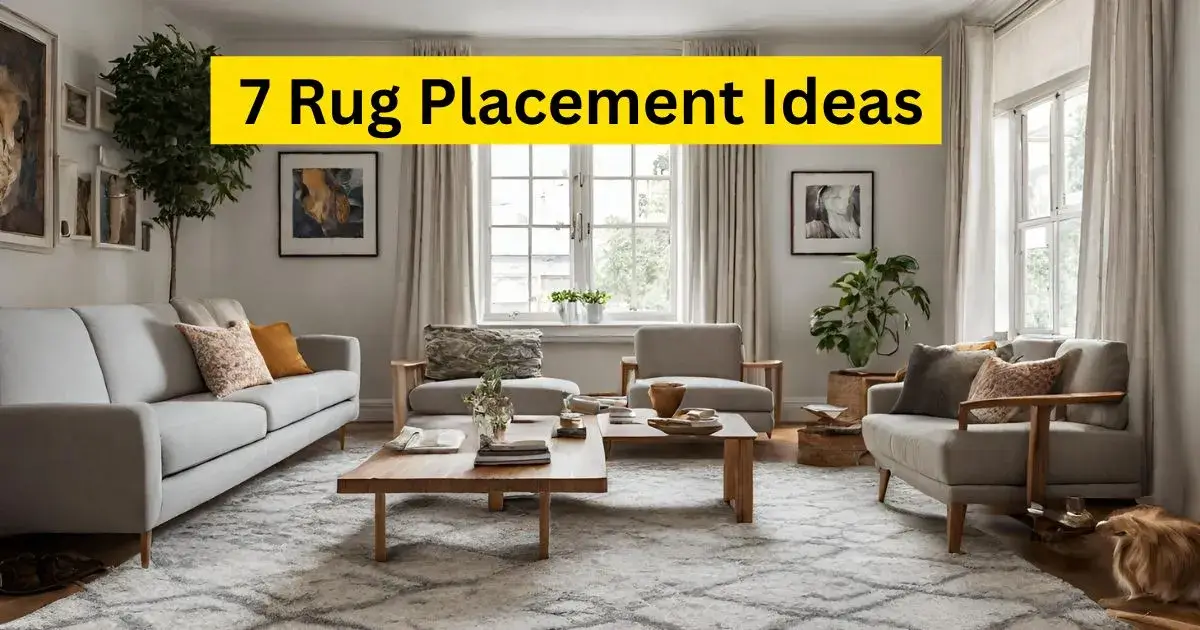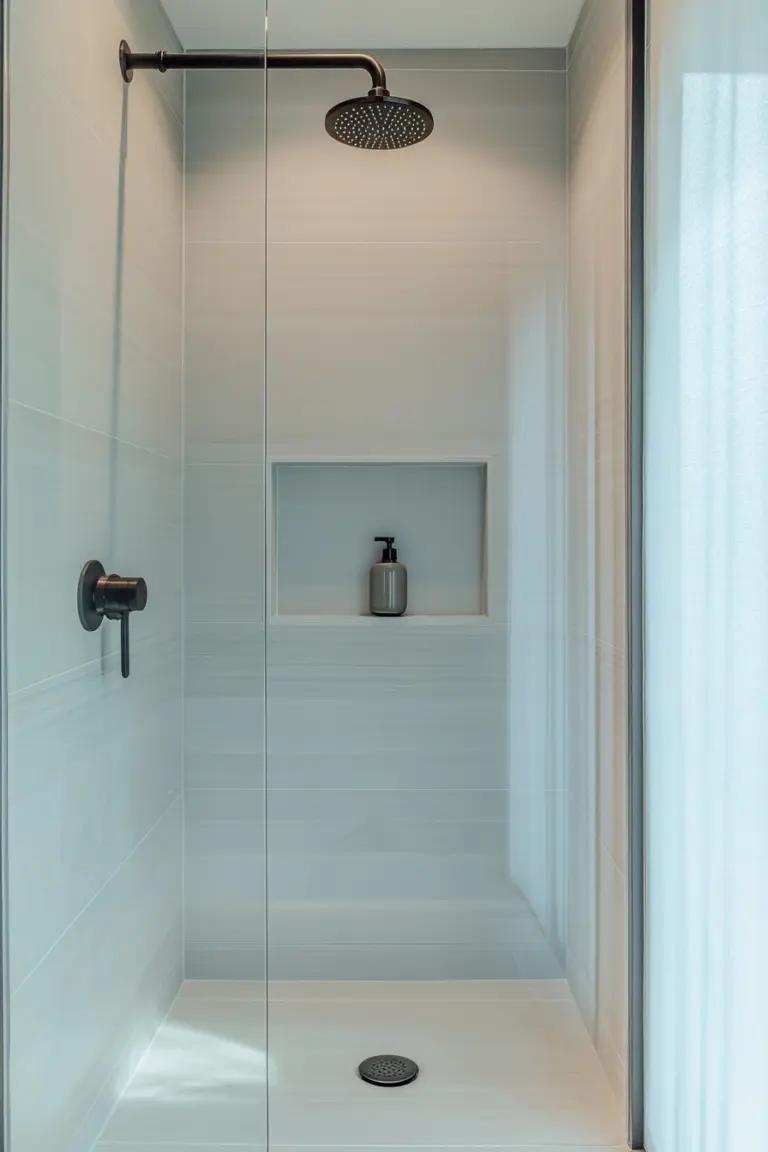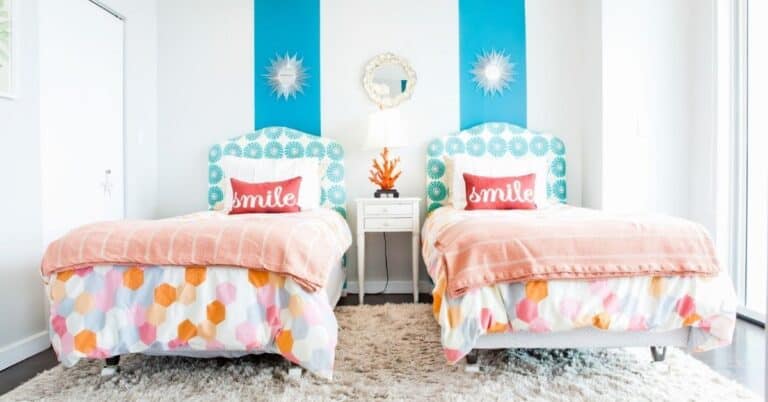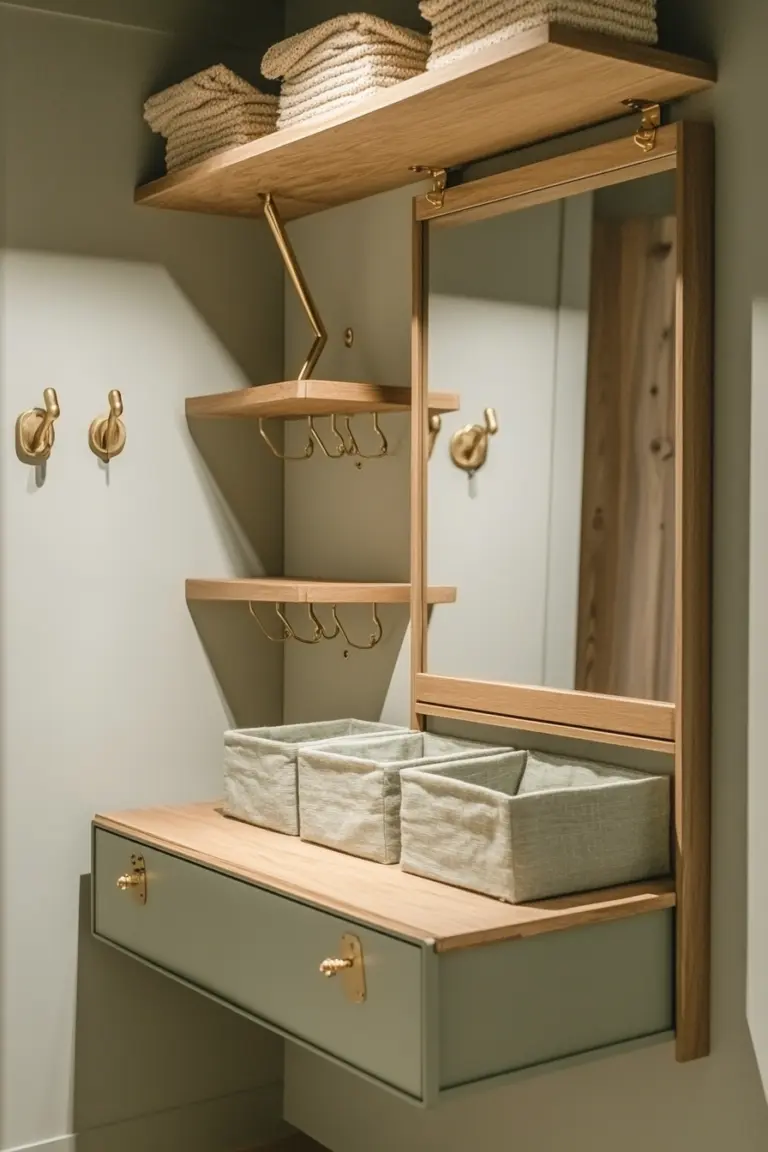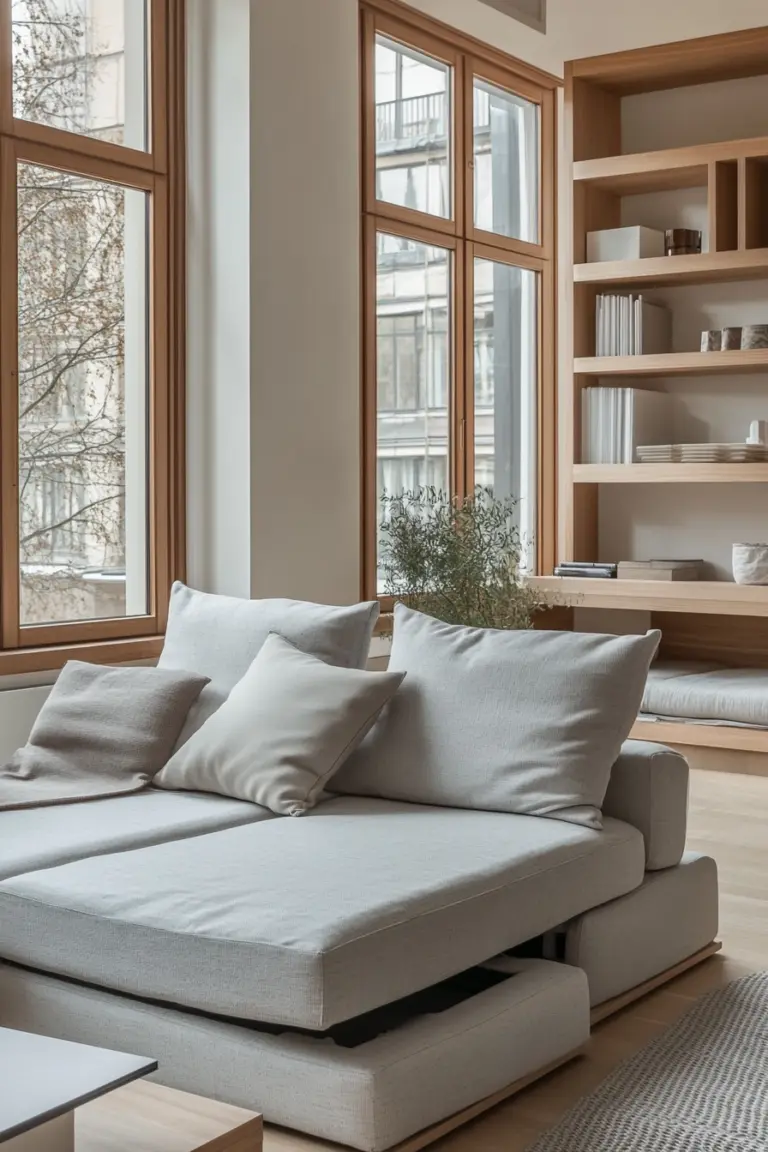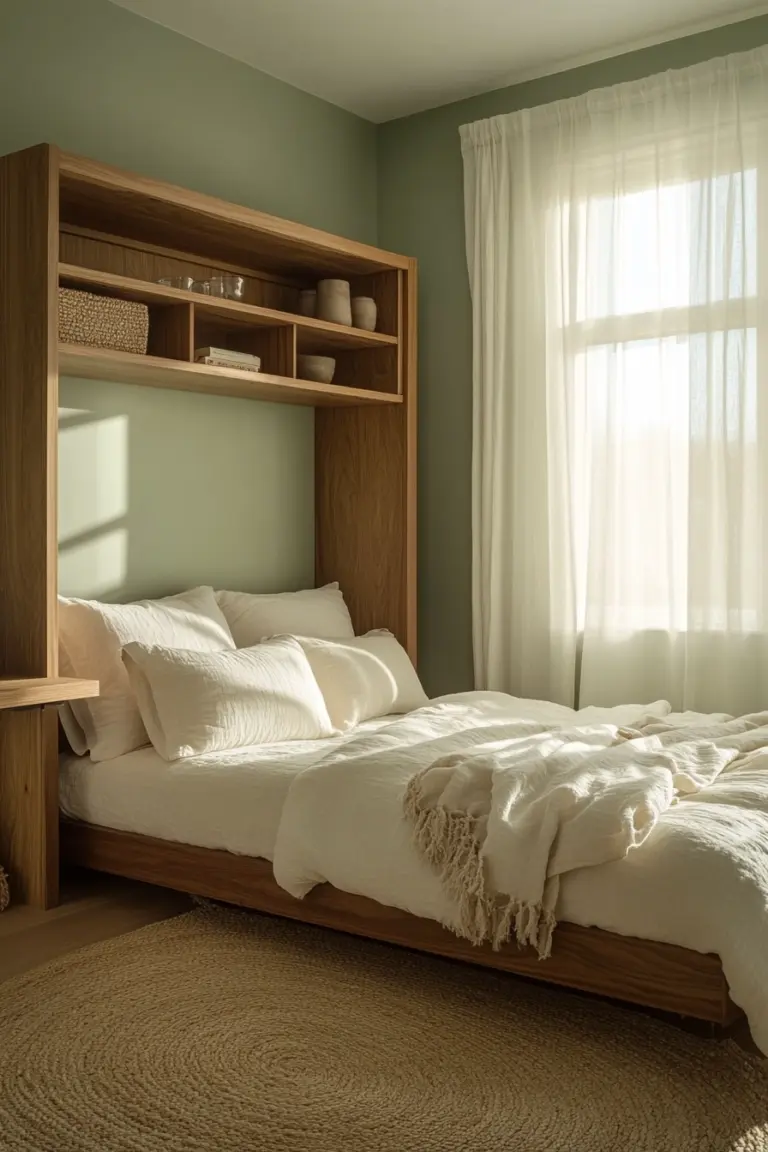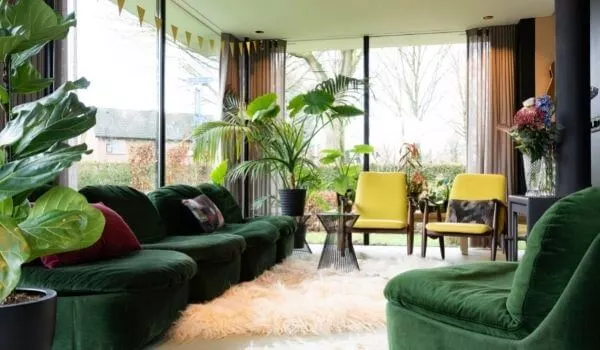how to place a rug in a small living room? (7 Ideas)
When it comes to decorating a small living room, every element plays a crucial role in maximizing the space and creating a cozy and inviting atmosphere.
One of the most versatile and impactful decor pieces is a rug. Choosing the right rug and placing it strategically can transform your small living room into a stylish and functional space.
In this blog post, we will explore seven rug placement ideas for small living rooms.
Unlock the Potential of Your Small Living Room with These Rug Placement Ideas
1. Centered Rug with Furniture Legs Off
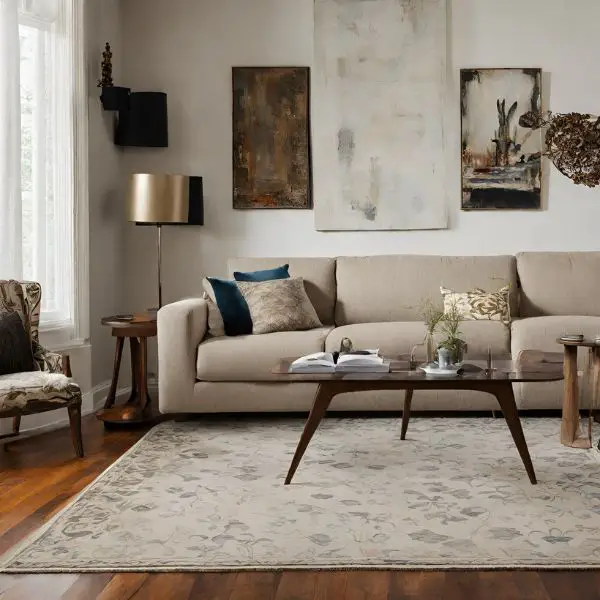
One classic rug placement idea is to center the rug in the living room, with the front legs of the furniture resting on the rug.
This arrangement creates a sense of symmetry and defines the sitting area while still allowing the floor to be visible around the edges of the room.
Opt for a rug size that is large enough to accommodate all the furniture in the seating area to ensure a cohesive and balanced look. This placement works particularly well for rectangular or square rugs.
2. All-Inclusive Rug
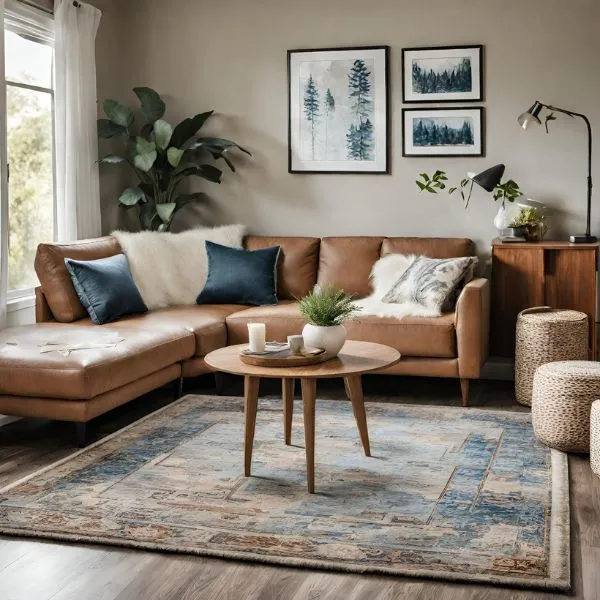
If you prefer a more unified and grounded look, consider placing an all-inclusive rug in your small living room.
Instead of having just the front legs of the furniture on the rug, this placement idea involves placing the entire seating area on the rug.
This creates a cozy and intimate feel and makes the room appear larger. It also eliminates the need for multiple rugs, which can clutter a small space.
Choose a rug size that comfortably fits all the furniture and allows for some breathing room around the edges.
3. Under the Coffee Table
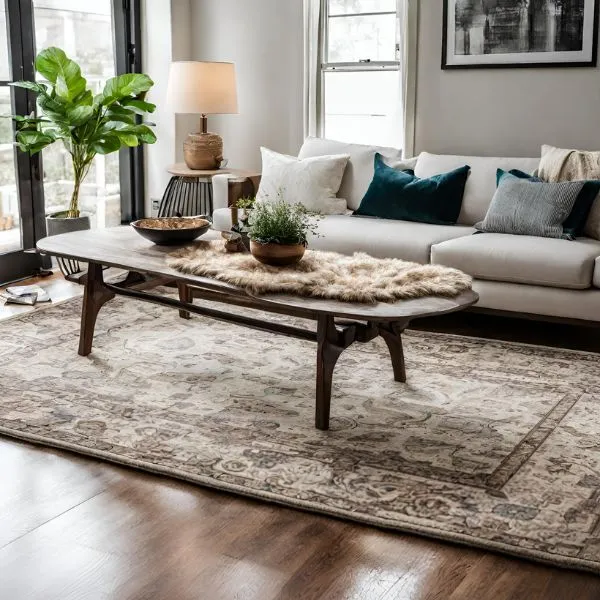
If you have a small living room with limited space, placing a rug under the coffee table can be a practical and stylish solution.
This placement idea allows you to enjoy the benefits of a rug without overwhelming the room.
Choose a rug that is slightly larger than your coffee table to ensure a visually pleasing proportion. This arrangement also creates a centered and focused look, drawing attention to the coffee table and its surrounding seating.
4. L-Shaped Rug
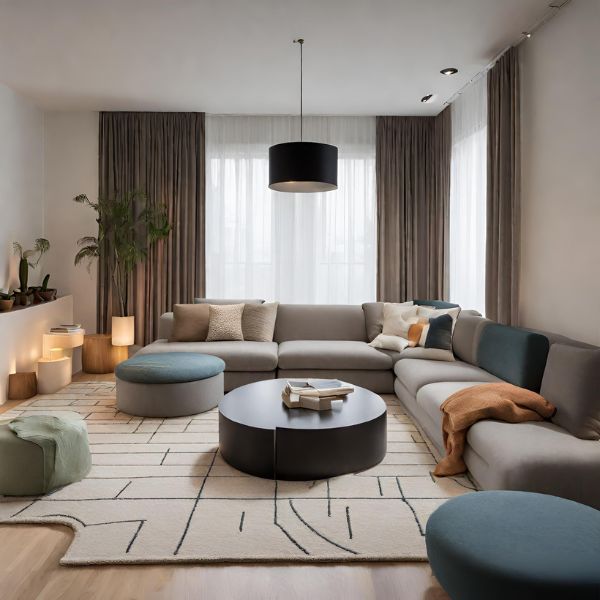
For small living rooms with an L-shaped seating arrangement, a rug that follows the shape of the furniture grouping can be a great choice.
This placement idea visually anchors the seating area, while also creating a sense of flow and cohesion.
Place the rug in a way that the longer side of the L-shape aligns with the longest part of the rug. This creates a harmonious and balanced look and helps define the living space within the room.
5. Runner Rug
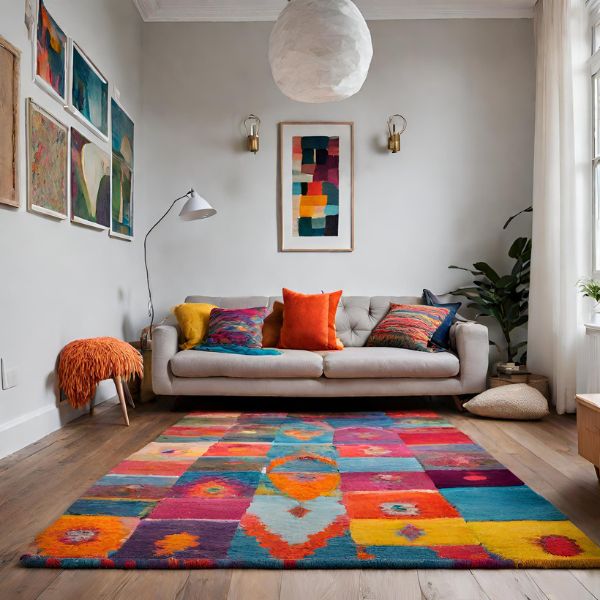
In narrow or elongated small living rooms, placing a runner rug can be an effective way to add interest and definition to the space.
A runner rug is a longer and narrower rug that can be placed in front of a sofa, along a hallway, or in between two seating areas.
This placement idea visually elongates the room and guides the eye along the length of the space.
Opt for a runner rug that is proportional to the size of your living room, ensuring that it’s long enough to cover the desired area without overwhelming the space.
6. Layered Rugs
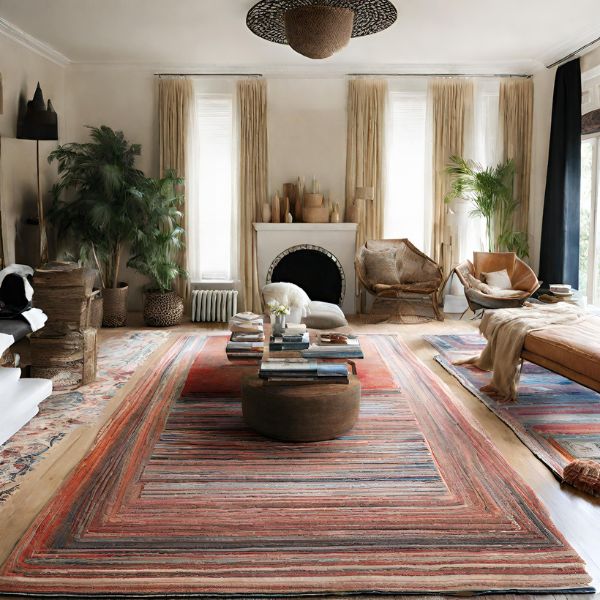
For a touch of texture and visual depth, consider layering rugs in your small living room. Layering involves placing multiple rugs on top of each other, creating a dynamic and layered look.
Start with a larger and neutral rug as the base, and then add a smaller and more patterned rug on top, slightly shifted to one side.
This rug placement idea adds visual interest and dimension to the room, while also allowing you to experiment with different textures and patterns.
7. Wall-to-Wall Rug
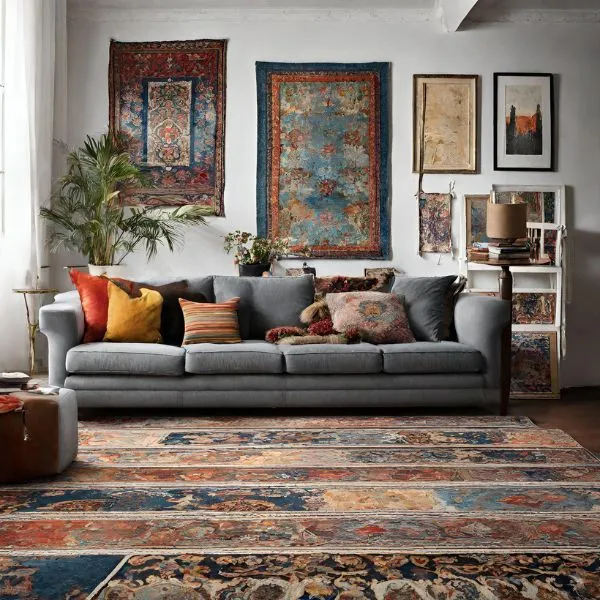
If you’re looking to create a cohesive and seamless look, consider installing a wall-to-wall rug in your small living room.
This placement idea involves covering the entire floor space with a fitted rug that extends from wall to wall.
While it may seem counterintuitive to use a large rug in a small space, a wall-to-wall rug can actually make the room appear visually larger and more expansive. It creates a sense of continuity and can make the living room feel more spacious.
Additionally, a wall-to-wall rug provides a soft and comfortable surface for walking or sitting, which can enhance the overall comfort of the room.
Area Rug Placement: What to do and what not?
| Do’s | Don’ts |
|---|---|
| 1. Size Matters: Ensure the rug is appropriately sized for the seating area, allowing furniture legs to sit comfortably on the rug. | 1. Tiny Rugs: Avoid using rugs that are too small for the space, as they can make the room feel disjointed and small. |
| 2. Define Spaces: Use rugs to define specific areas within the living room, such as the seating area or a reading nook. | 2. Floating Rug: Avoid placing the rug in the middle of the room without connecting it to any furniture arrangement. |
| 3. Front Legs On: Ideally, at least the front legs of major furniture pieces (sofas, chairs) should be on the rug, creating a cohesive look. | 3. All or Nothing: Avoid having all furniture completely on or off the rug; aim for a balanced mix of on and off placement. |
| 4. Balance Patterns: If your furniture and walls are neutral, use a rug with patterns or textures to add visual interest. | 4. Clashing Patterns: Avoid using a rug with patterns that clash with other patterns in the room, creating a chaotic look. |
| 5. Layering: Consider layering rugs for added depth and texture, using a larger neutral rug as a base and a smaller patterned rug on top. | 5. Overcrowding: Avoid overcrowding the room with too many rugs, as it can make the space feel cluttered and overwhelming. |
| 6. Maintenance: Choose durable and easy-to-clean rugs, especially in high-traffic areas, to ensure longevity and easy maintenance. | 6. High-Pile in Dining Areas: Avoid using high-pile rugs in dining areas where chairs can snag and cause difficulties in movement. |
| 7. Harmonize Colors: Coordinate the rug colors with the overall color scheme of the room for a cohesive and harmonious design. | 7. Disregard Color Palette: Avoid choosing a rug that completely clashes with the room’s color palette, disrupting the visual flow. |
FAQ
How far from wall should area rug be?
A general guideline is to leave between 12 to 18 inches of bare floor between the edges of the area rug and the walls of the room. This creates a border that frames your space while still allowing the rug to anchor the room’s furniture. Adjustments can be made based on room size and furniture placement.
What rug size for living room?
The ideal rug size for a living room depends on the furniture arrangement and room size. For a small living room, a 5’x8′ rug might suffice; for a larger space, an 8’x10′ or 9’x12′ rug can accommodate a seating area. Ensure the front legs of your furniture can sit on the rug to tie the space together.
What Rug Go With Gray Couch?
A rug that complements a gray couch can vary in color and pattern depending on your decor style.
- A white or light beige rug for a clean and minimalist look.
- Bold blue or green rug for a pop of color.
- A patterned rug with gray undertones to add texture without overwhelming the space.
- An overdyed or vintage rug in a rich hue, such as burgundy or navy, to create a cozy, sophisticated feel.
Final Words
A well-placed rug can make a significant difference in the overall look and feel of a small living room.
By considering these seven rug placement ideas – centered rug with furniture legs off, all-inclusive rug, L-shaped rug, under the coffee table, runner rug, layered rugs, and wall-to-wall rug – you can transform your small living room into a stylish and functional space that maximizes comfort and aesthetics.
Experiment with different rug sizes, shapes, and textures to find the perfect rug placement that suits your style and enhances your small living room.

